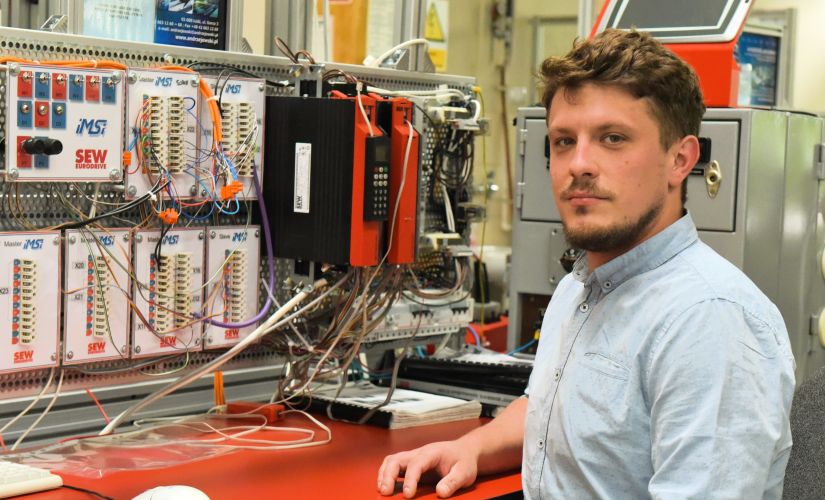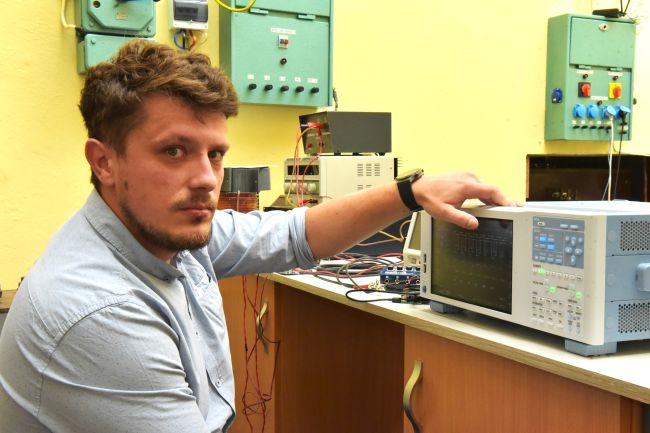Dr. Ernest Stano's research concerns all users of electricity and is very important in the context of electricity billing.
Research into the metrological and operational properties of transformers, during the transformation of distorted currents and voltages, can contribute to improving the quality of electricity. The problem concerns monitoring and controlling their values in power grids, which contributes to improving the efficiency, reliability and effectiveness of the grid, as well as identifying and eliminating potential sources of distorted currents/voltages, explains a young scientist from the Institute of Mechatronics and Information Systems at TUL.
What are harmonics?
They are sinusoidal components with frequencies many times higher than the fundamental frequency of the current, which is usually 50 or 60 Hz, depending on the region. The occurrence of harmonics in power grids can lead to a number of inappropriate effects, such as the flow of unwanted currents, increased power losses, overheating of equipment, interference with communications and failure of electronic equipment, Dr. Stano adds.
Higher harmonics in power grids can have a negative impact on the operation of various equipment. They are generated by various devices and loads connected to the electric grid. The implementation of appropriate technical solutions and compliance with standards for the limits of higher harmonics present in power grids, are important to ensure their effective and stable operation.
The research carried out is very important in the context of electricity billing. Here it is necessary to consider the cost of power losses in the power grid.
The occurrence of higher harmonics can lead to increased power losses in the power grid. They are the ones that generate additional costs for the energy supplier, which may choose to include these losses in billing and charge end users based on their impact on overall system efficiency. In addition, an important aspect of the cost is billing based on the measurement of the rms value of current and voltage, which is the standard method of accounting for electricity. Higher harmonics cause a change in these values which means that the actual energy delivered to equipment can be higher or lower than that read on the basis of the rms value, explains Dr. Stano of the practical benefits of his research.
The young scientist already has an extensive body of work. He is the author and co-author of 24 publications, 6 patents and the contractor of 3 projects.


